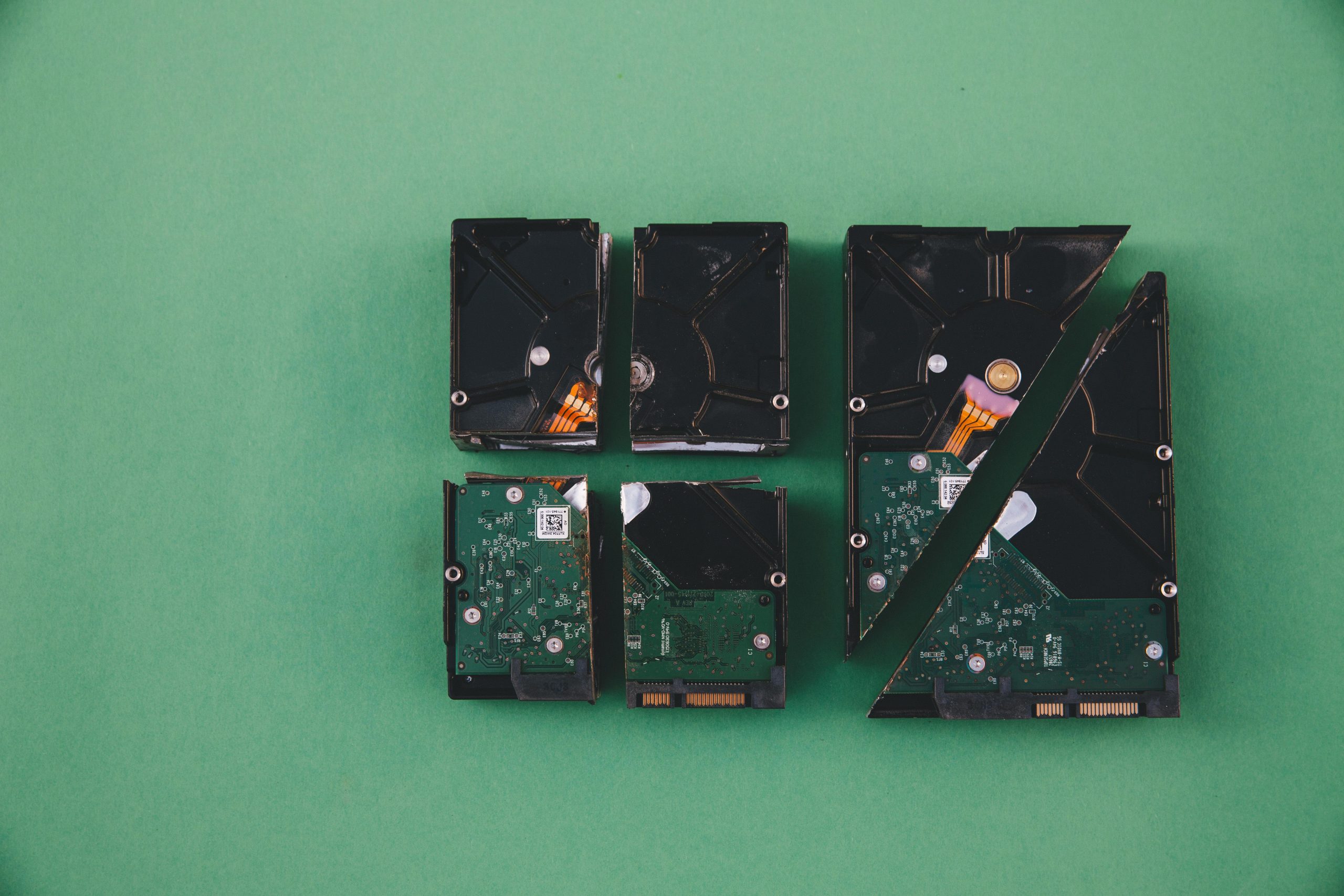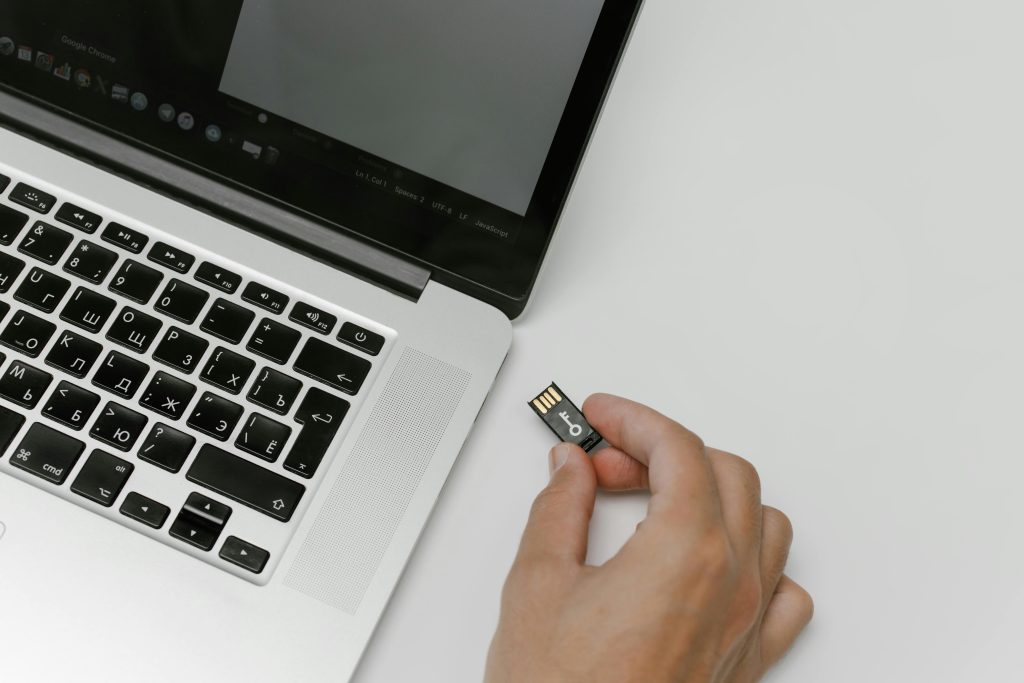Troubleshooting External Hard Drive Performance Issues and Data Recovery Strategies
External hard drives are invaluable tools for backups and data transfer; however, users occasionally encounter performance problems that can impact productivity and data security. In this article, we explore common symptoms, potential causes, and best practices for addressing issues with external drives, using a practical case study of a Seagate SRD00F2 external HDD exhibiting system freezes and slow responsiveness.
Case Study Overview
A user reported difficulties when connecting a Seagate SRD00F2 external hard drive to a Windows system. Specifically, upon plugging in the drive, Windows Explorer and the entire operating system would freeze or become unresponsive. The user observed that while the drive’s files sometimes appeared, attempting to access or browse folders resulted in severe slowdown or system hangs. Notably, the drive did not produce unusual sounds, suggesting hardware failure might not be immediately evident but not ruled out.
Initial Troubleshooting Attempts
The user experimented with common troubleshooting steps, including disabling AutoPlay features and attempting file transfers via robust command-line tools such as Robocopy. Despite these measures, certain corrupted files caused the process to stall, highlighting potential data corruption or underlying drive issues. The primary concern was to recover as much data as possible before the situation worsened.
Understanding Potential Causes
Several factors can lead to external drive slowdowns and system freezes:
-
Drive Corruption or Bad Sectors: Over time, external drives may develop bad sectors, corrupt files, or filesystem inconsistencies, causing delays or hangs during access attempts.
-
Controller Failures: Problems with the drive’s internal controller or interface chip can result in unresponsive behavior or slow data throughput.
-
Cable or Port Issues: Faulty USB cables or ports may cause intermittent connectivity, though this usually results in disconnections rather than system freezes.
-
Power Issues: Insufficient power supply, especially with bus-powered drives, can lead to erratic operation.
-
Malware or Software Conflicts: Occasionally, software conflicts or malware infections can interfere with drive operations.
Recommended Diagnostic Steps
If you encounter similar symptoms, consider the following steps:
-
Test on Different Systems and Ports: Verify whether the issue persists across different computers or USB ports to rule out port or cable problems.
-
Check Drive Health: Use manufacturer-specific tools or third-party utilities, such as CrystalDiskInfo, HD Tune, or Seagate’s Seatools
Share this content:



